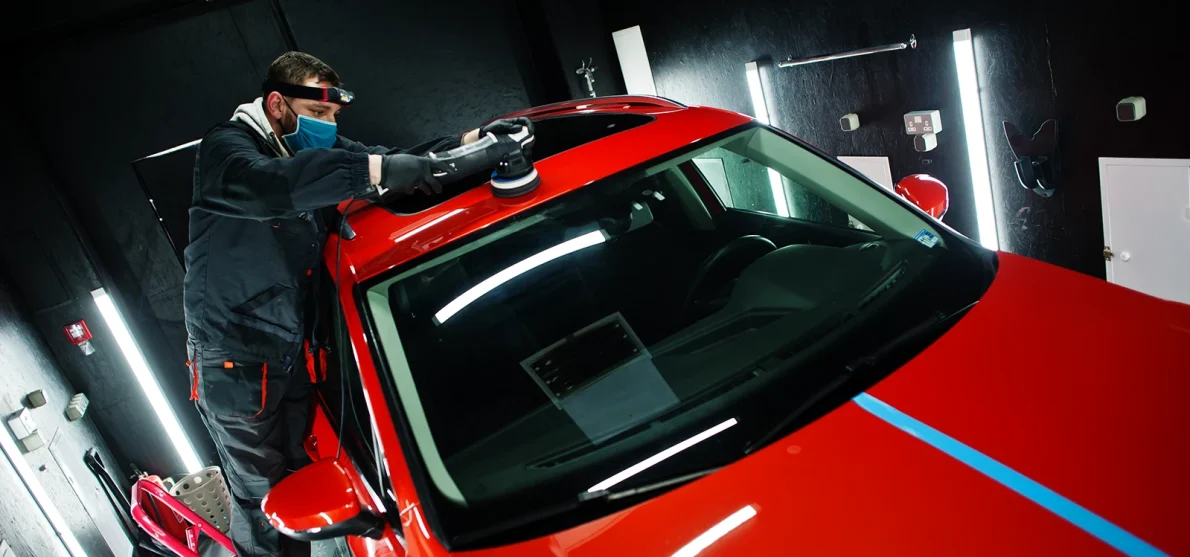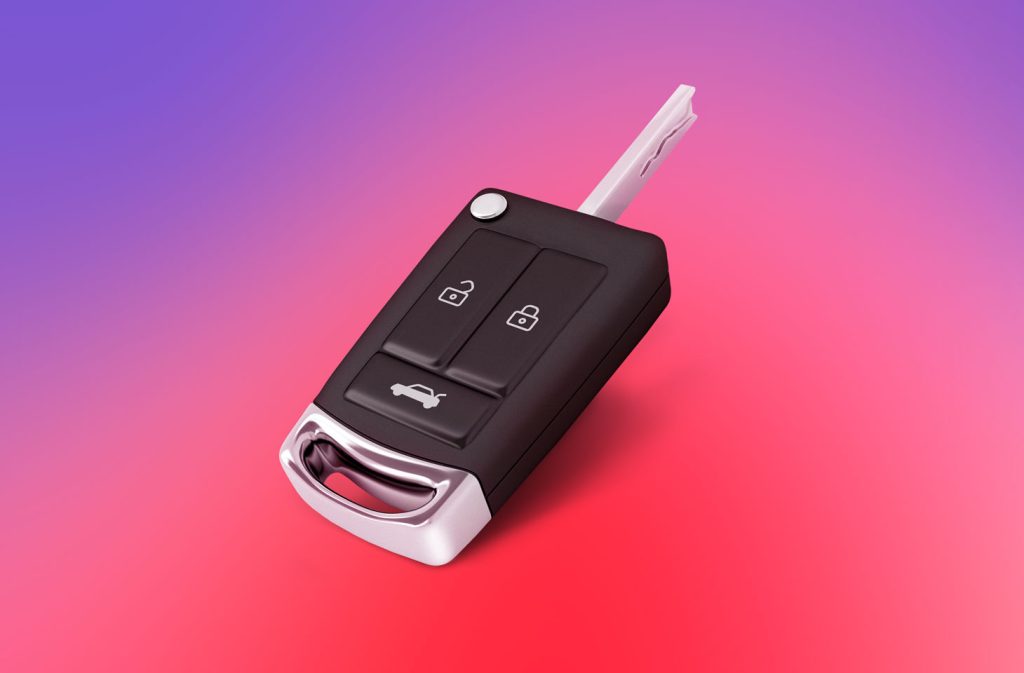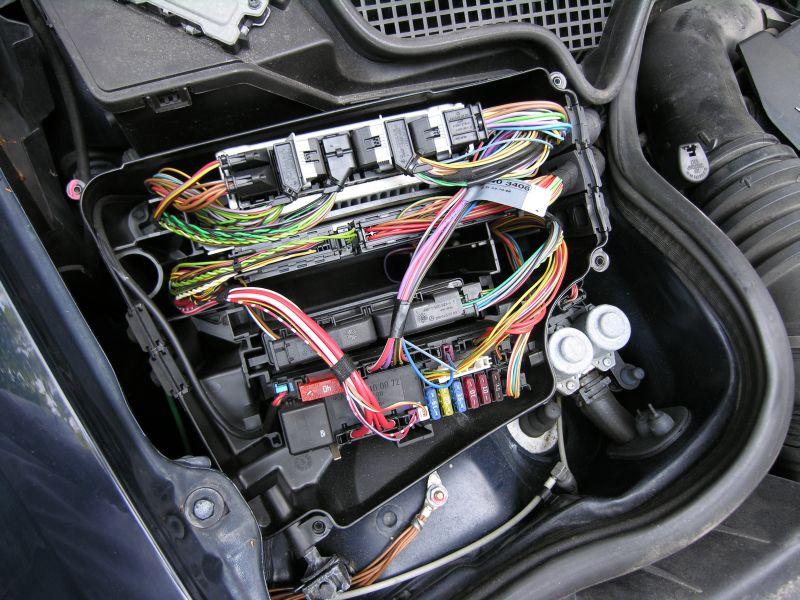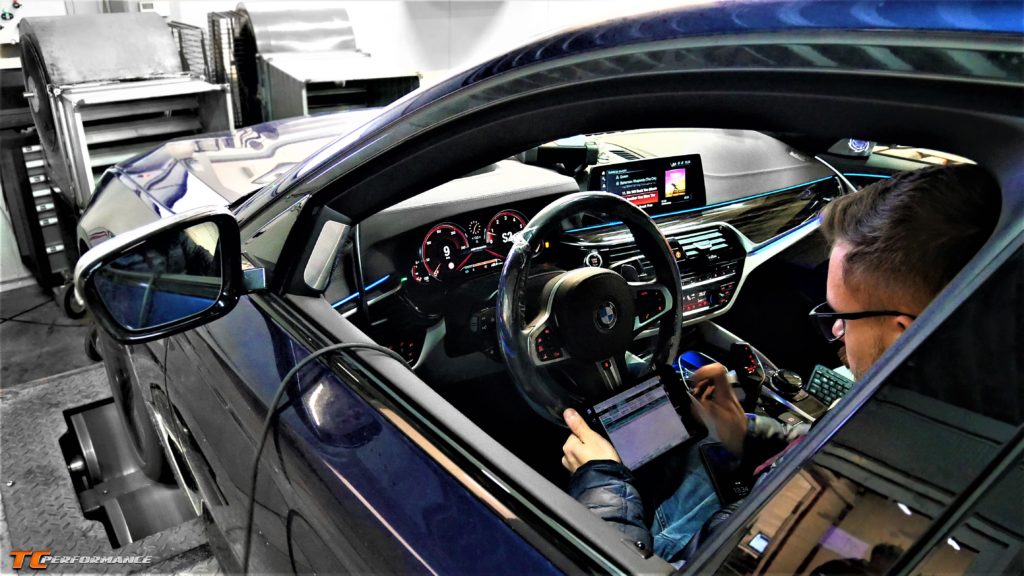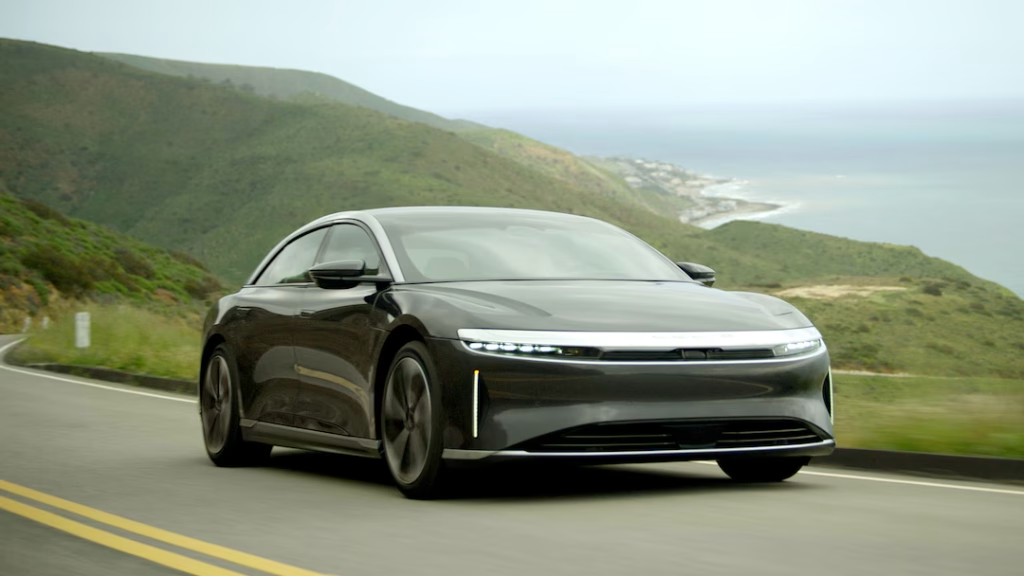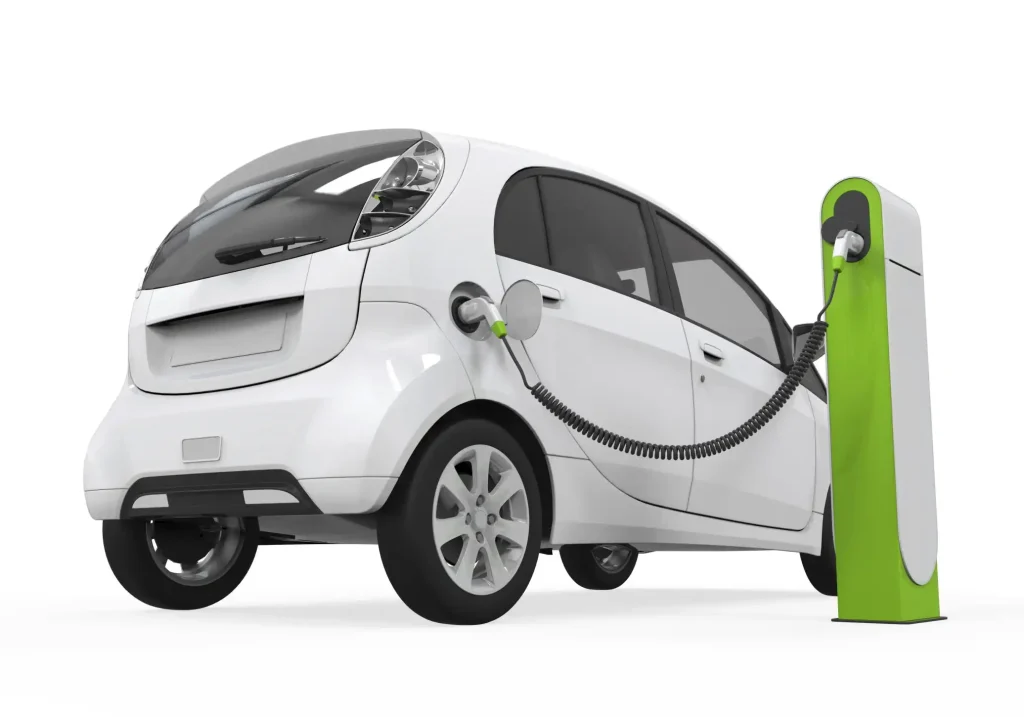Fewer Moving Parts in Electric Vehicles
One of the primary reasons electric vehicles (EVs) tend to be cheaper to maintain compared to their gas-powered counterparts is the simplicity of their design. EVs have fewer moving parts, which means there are fewer components that can wear out or require replacement. The absence of components such as spark plugs, fuel filters, and exhaust systems reduces the frequency and cost of routine maintenance. As a result, EV owners can generally expect lower annual maintenance costs and less frequent visits to the service center.
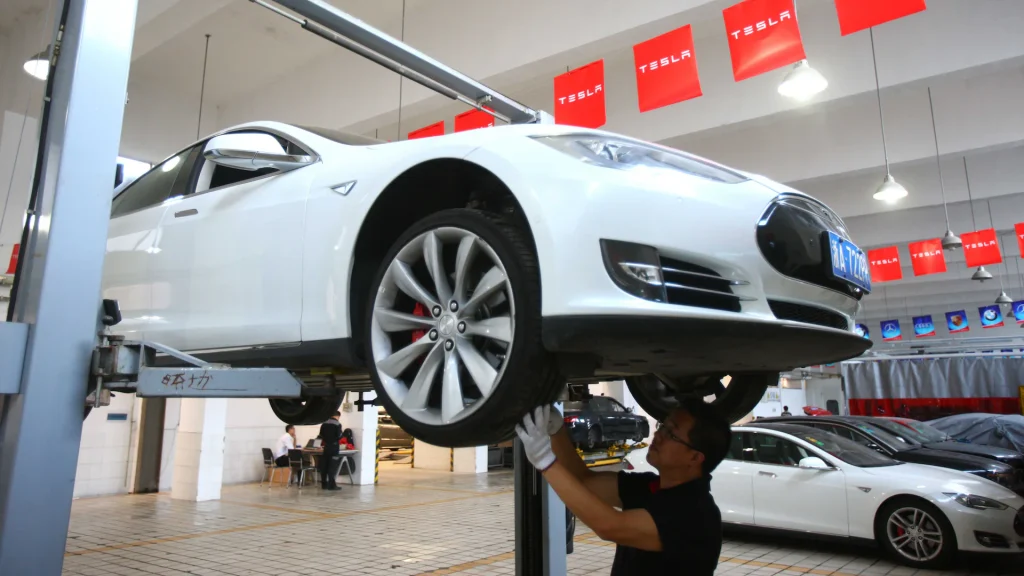
The Cost of Battery Maintenance and Replacement
While EVs offer reduced costs in terms of routine maintenance, the longevity and health of the battery are crucial factors that need consideration. Batteries in EVs have improved over the years, offering longer lifespans and better reliability. However, when battery replacement is eventually needed, it can be a significant expense. Fortunately, many manufacturers provide warranties covering the battery for several years or miles, and advancements in battery technology are continuously driving replacement costs down. Meanwhile, gas-powered vehicles do not have this high-cost component, making it important to weigh long-term savings against potential battery expenses.
Oil Changes and the Costs of Consumables
Gas-powered cars require regular oil changes, which constitutes a recurring maintenance expense that is not required for EVs. In addition to oil changes, gas vehicles also need routine checks and replacements for components like the timing belt, transmission fluid, and coolant. These consumables add up over time, contributing to higher overall maintenance costs. Conversely, EVs eliminate many of these traditional maintenance needs, highlighting one of their most significant cost advantages in terms of upkeep.
Tire Maintenance and Brake System Longevity
Both electric and gas-powered vehicles share some maintenance similarities, such as tire maintenance. Regardless of the vehicle type, tires need regular rotation and eventual replacement. However, EVs often benefit from regenerative braking systems, which reduce wear and tear on brake components. This system not only enhances braking efficiency but also extends the lifespan of brake pads, further lowering maintenance costs compared to traditional vehicles.
Balancing Upfront Costs with Long-term Savings
When evaluating maintenance costs, it’s essential to balance the upfront costs of purchasing an electric vehicle against the long-term savings they offer. While EVs might have a higher initial purchase price, their lower maintenance requirements can lead to substantial savings over the vehicle’s lifespan. For those prioritizing sustainability and efficiency, electric vehicles are an increasingly attractive choice. However, it’s crucial to consider individual driving habits and needs to determine the most cost-effective option for long-term ownership.

